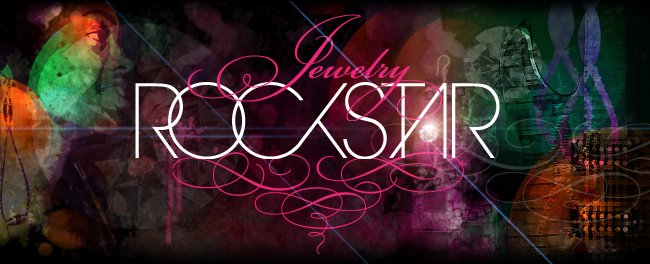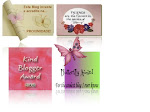Jewelry submitted by Brooke Brimm

rBy [http://ezinearticles.com/?expert=Felicity_Walker]Felicity Walker
Walking into a bead shop can be a wonderful experience - so many colors, shapes and designs. It's almost impossible not to get incredibly inspired, and it's just as hard to walk out without having spent more than you intended! But when you're confronted with so many beads, it can be helpful to have some idea of what the different types of beads are, and how they're used. That way you can choose the right sort for your project.
Seed Beads
Probably the most widely used beads, seed beads are small, round or shaped, and can be made from almost anything. The most common seed beads are made of glass or plastic, but you can also get them in wood, pearl, jet, metal and so on. There are a huge variety of sizes and shapes available, which is very confusing. The smallest seed beads are often referred to a size 10 or 12, and slightly chunkier ones are size 8. Because they're so small, they're great for decorating garments, using in almost any type of jewelry design and in most types of sewing and embroidery.
Bugle Beads
A bugle bead is a long tube shaped bead, made from plastic, glass or metal. They can be anything from 2mm (1/16") to 5cm (2") long. The most popular is a size 2 bugle bead, which is around 5 to 6mm (1/4") long. These are also great for sewing projects, and can be very effective in certain types of jewelry as well. They're often used as flower stems in sewing projects, or can be used to lengthen a fringe.
Sequins
Although not exactly a bead, sequins are often used together with beads in sewing projects. They are round pieces of plastic or metal, and either have a hole in the center or to one side. They can also be either flat or cupped. The most common sequin style is a 6mm (1/4") cup sequin. Generally sequins are used as decorations for garments and sewn items. The ones with center holes are sewn in rows or individually for the right effect, and the sequins with a hole on the side can be used to form clusters that hang or in fringe work.
Center Beads
A center bead is used as a feature bead in the middle of a jewelry piece, a sewing design (such as a flower), the end of a dangle, or to complete a row of beads. Basically almost any bead that doesn't fit into another category and is larger than standard beads can be loosely classified as a center bead. They come in plastic as well as glass and metal, but if you're using one as a feature, it may be better to go with glass or even crystal, because they last longer and are more beautiful to look at then plastic.
Oval or Rice Beads
Named because of their oval shape, these beads are generally used as a spacer in dangles or as a feature in sewing. They can produce some interesting effects when used in jewelry. The most common size is 1cm (1/2") long, and they come in all sorts of colors and materials.
This is only a quick look at the main categories of beads. Once you start exploring a bead shop you'll realize there's far too many types of beads available to fit them into a few categories. Still, this guide should at least help you get an idea for what types of beads are available, particularly if you have a project you're planning to make which asks for a specific type of bead. Have a great time beading!
If you want to learn more about beading, click over to Felicity's site at http://www.beading-is-fun.info To read Felicity's Ultimate Bead Lover's Guide, go to http://www.ultimatebeadloversguide.com
Article Source: http://EzineArticles.com/?expert=Felicity_Walker http://EzineArticles.com/?Types-of-Beads&id=327578
i
Monday, May 5, 2008
Types of Beads
Labels: bugle beads, rice beads, Seed Beads, sequins, types of beads
Subscribe to:
Post Comments (Atom)








No comments:
Post a Comment